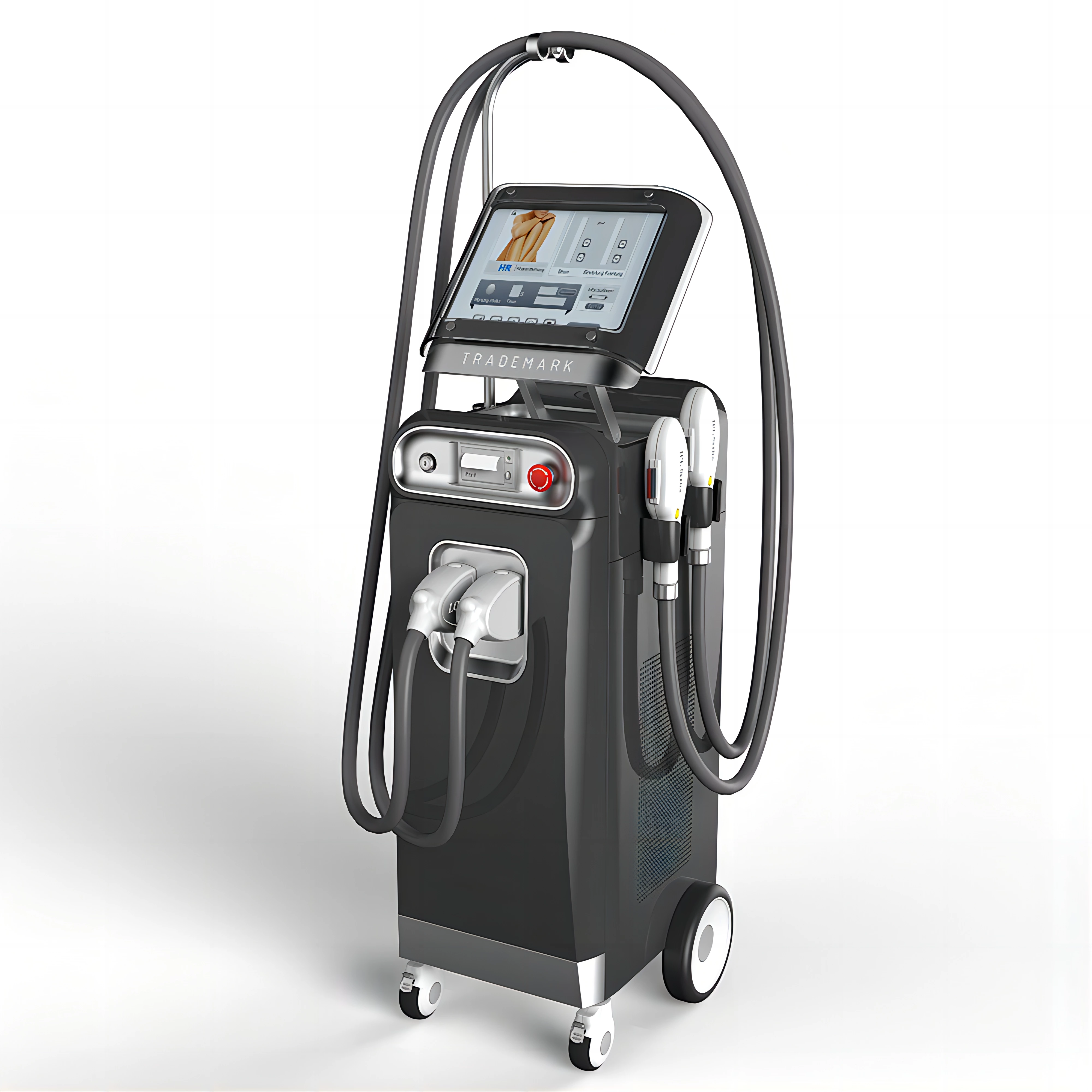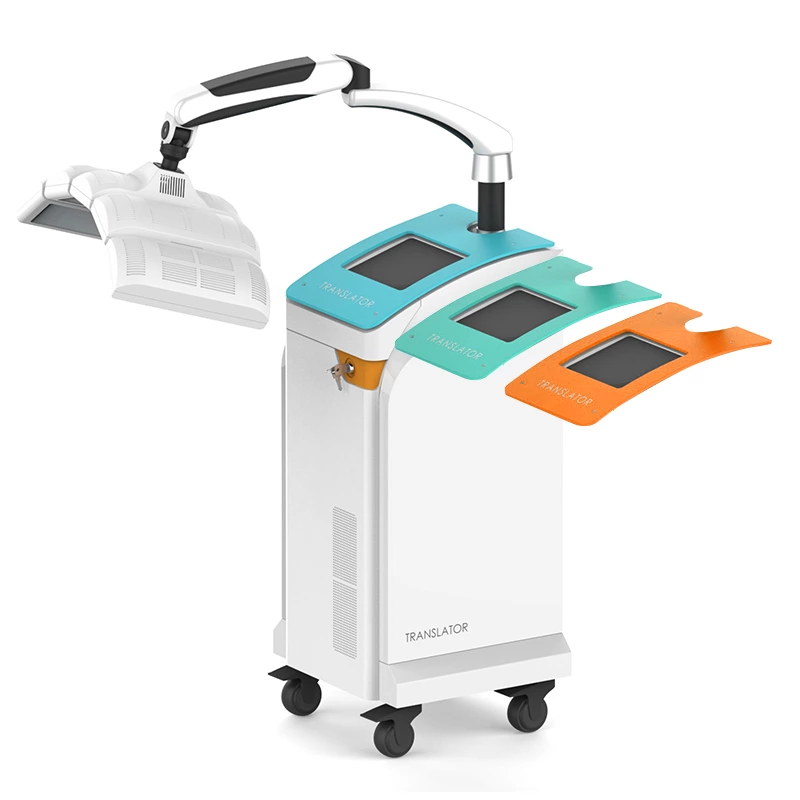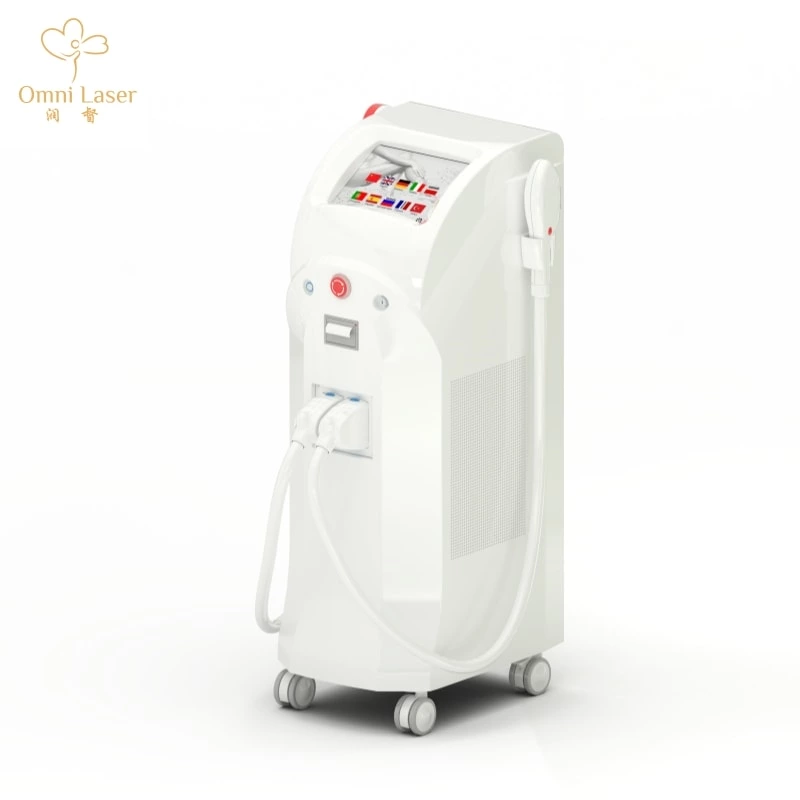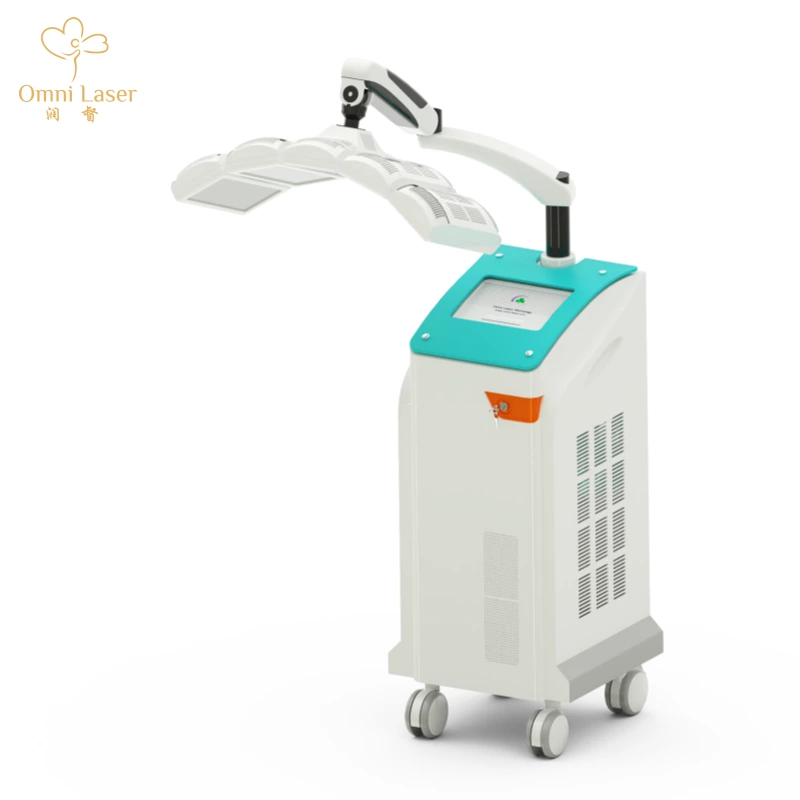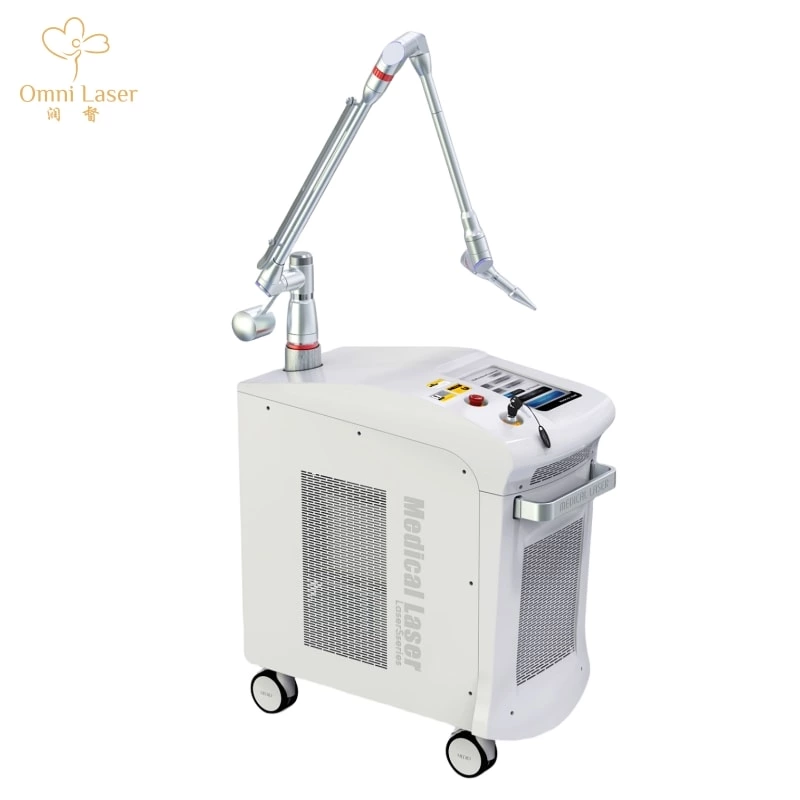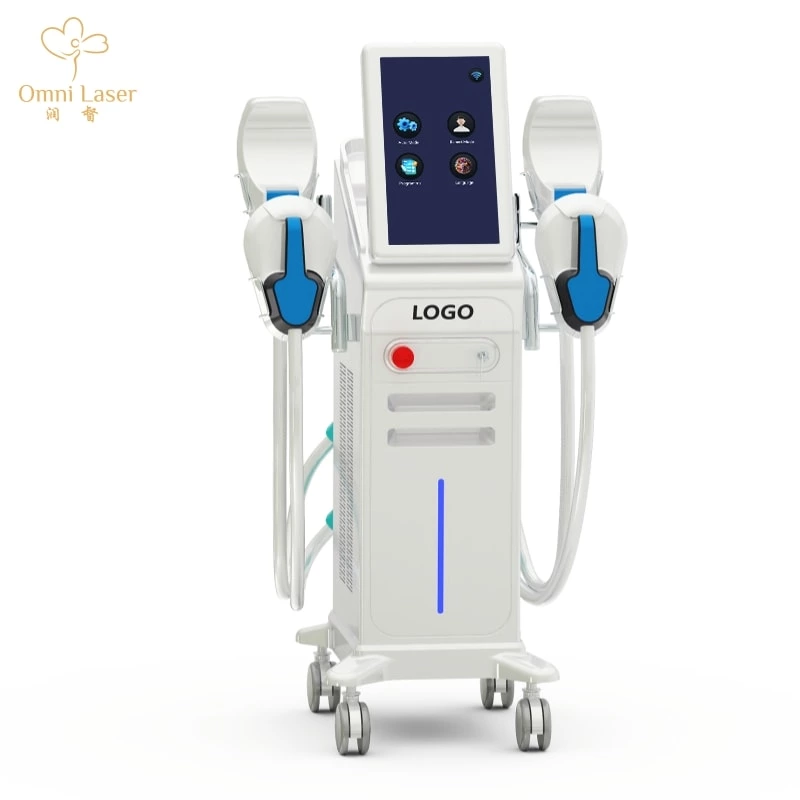How to Repair Laser Damaged Skin
Introduction
Laser treatments are increasingly popular for addressing skin issues such as pigmentation, wrinkles, and scars. However, improper application or post-treatment care can lead to skin damage. Understanding how to repair and care for laser-damaged skin is crucial for achieving optimal results and maintaining healthy skin.
1. Understanding Laser Damage
Laser damage can manifest as redness, swelling, hyperpigmentation, and even scarring. The extent of damage often depends on the laser type, the intensity used, and individual skin sensitivity. Immediate and proper care is essential to mitigate these effects.
2. Initial Care: Soothing and Hydration
Cold Compresses:
Applying a cold compress can help reduce swelling and soothe irritated skin immediately after laser treatment.
Moisturizers:
Using a gentle, hydrating moisturizer helps to restore the skin's barrier and prevent dryness. Look for products containing hyaluronic acid, glycerin, and ceramides.
3. Advanced Treatments: IPL and PDT Facial Masks
IPL (Intense Pulsed Light):
While IPL is often used for hair removal and treating pigmentation, it can also help repair laser-damaged skin by promoting collagen production and improving skin texture. IPL treatments should be done under professional guidance to ensure safety and effectiveness.
PDT (Photodynamic Therapy) Facial Masks:
PDT involves the use of a photosensitizing agent followed by light exposure to activate the agent. This treatment can help reduce inflammation, promote healing, and improve skin tone and texture. PDT facial masks are designed for at-home use and can be an excellent addition to your skincare routine for repairing laser-damaged skin.
4. Sun Protection
Sunscreen:
Using a broad-spectrum SPF 30 or higher sunscreen is crucial to protect the skin from further damage. Sunscreen should be applied daily and reapplied every two hours when exposed to sunlight.
Protective Clothing:
Wearing hats and clothing that cover the skin can provide an additional layer of protection against harmful UV rays.
5. Professional Guidance
Consult a Dermatologist:
For severe or persistent laser damage, consult a dermatologist. They can provide tailored treatments and recommend products that suit your specific skin needs.
Follow-Up Treatments:
Regular follow-up treatments and check-ups can help monitor the skin’s healing progress and adjust care routines as needed.
Conclusion
Repairing laser-damaged skin requires a combination of immediate care, advanced treatments like IPL and PDT facial masks, and ongoing protection. Always seek professional advice to ensure the best outcomes and maintain healthy, radiant skin.
Summary
This article discusses methods to repair laser-damaged skin, highlighting the importance of immediate care with cold compresses and moisturizers, and advanced treatments like IPL and PDT facial masks. Sun protection and professional guidance are emphasized to ensure effective healing and maintenance of healthy skin.

